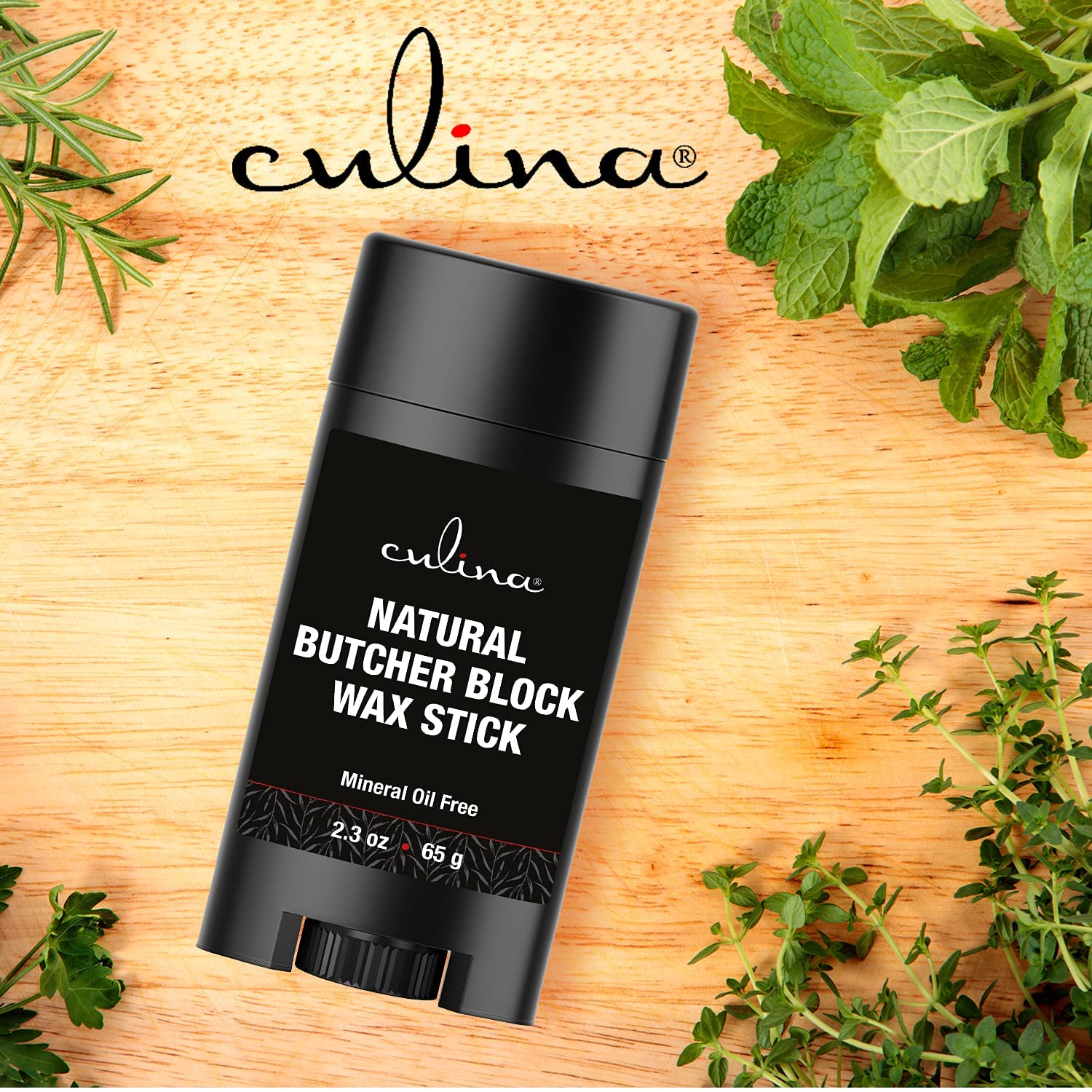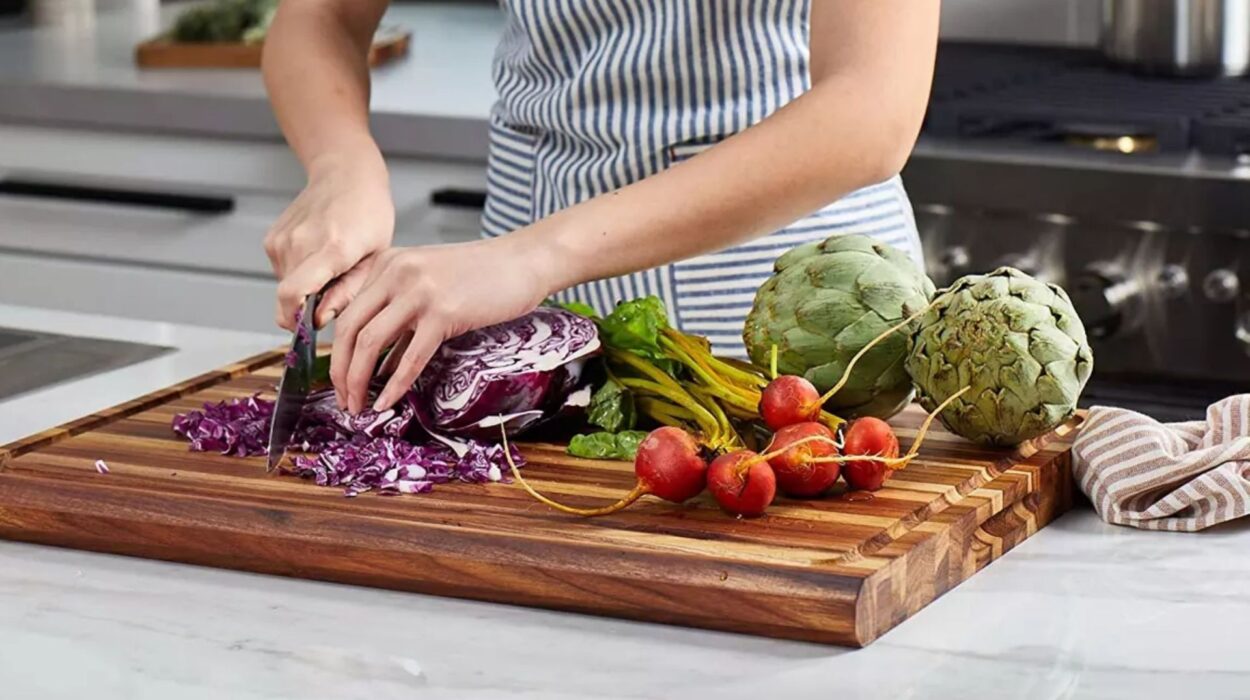Cutting boards are a staple in every kitchen. They make food preparation easy and organized. However, they can become stained over time, detracting from their appearance and potentially harboring bacteria. Learning how to remove stains from cutting board is essential for maintaining a clean and safe kitchen. This guide will provide you with effective tips and tricks to keep your cutting boards looking new and hygienic.

Why Do Cutting Boards Stain?
Before diving into the cleaning methods, it’s important to understand why cutting boards stain. Factors such as the type of food, frequency of use, and the material of the cutting board play a significant role in how quickly stains develop. Foods like berries, beets, and turmeric are notorious for leaving tough stains.
Types of Cutting Boards
There are primarily three types of cutting boards commonly used in kitchens:
- Wooden Cutting Boards
- Plastic Cutting Boards
- Bamboo Cutting Boards

Step-by-Step Cleaning Methods
Cleaning Wooden Cutting Boards
Wooden cutting boards are popular for their durability and aesthetic appeal. However, they require special care to maintain their look and longevity.
Method 1: Baking Soda and Lemon
Sprinkle baking soda on the stained areas. Rub the surface with a half-cut lemon, allowing the citric acid to lift the stains. Rinse thoroughly and dry.
Method 2: Salt and Vinegar
Combine equal parts of salt and vinegar to create a paste. Apply it to the stains and let it sit for about 15 minutes. Scrub with a brush, rinse, and dry properly.
Cleaning Plastic Cutting Boards
Plastic cutting boards are easier to clean but can still retain stains -.
Method 1: Hydrogen Peroxide Solution
Spread hydrogen peroxide over the stains and let it sit for a few hours. Rinse thoroughly afterward to ensure all residues are removed.
Method 2: Baking Soda Paste
Make a paste using baking soda and water. Apply it to the stained areas and scrub with a brush. Rinse and dry.
Cleaning Bamboo Cutting Boards
Bamboo cutting boards are eco-friendly and durable. Cleaning them properly can extend their lifespan.
Method 1: Vinegar and Water Solution
Mix equal parts vinegar and water. Wipe the cutting board with the solution using a cloth. Leave it for a few minutes before rinsing.
Method 2: Lemon Juice
Squeeze lemon juice over the stains and let it sit for 10 minutes. Rinse thoroughly and dry the board.

Preventing Future Stains
While cleaning is essential, preventing stains is equally important. Here are a few tips to keep your cutting boards in top condition:
- Clean immediately after use.
- Avoid cutting highly pigmented foods directly on the board.
- Use separate boards for different types of food.
Additional Care Tips
Regular Maintenance
Regular oiling can keep wooden and bamboo cutting boards from drying out and cracking. Use food-grade mineral oil for the best results.
Sanitizing
Sanitizing your cutting boards is crucial to prevent bacterial growth. A mixture of water and bleach can be used for this purpose.
Frequently Asked Questions (FAQs)
Q: How often should I clean my cutting board?
A: Ideally, you should clean your cutting board after every use to prevent stains and bacteria buildup.
Q: Can I put my wooden cutting board in the dishwasher?
A: No, wooden cutting boards should never be placed in the dishwasher as the high heat and moisture can cause warping and splitting.
Q: What’s the best way to store cutting boards?
A: Store them in a dry, well-ventilated area to prevent moisture buildup and mold growth.
Conclusion
Maintaining a clean and stain-free cutting board is essential for both its longevity and your kitchen’s hygiene. By following these methods, you can learn how to remove stains from cutting board effectively. Keep your cutting board in top condition to ensure a safe and enjoyable cooking experience.
As an Amazon Associate, I earn from qualifying purchases.


